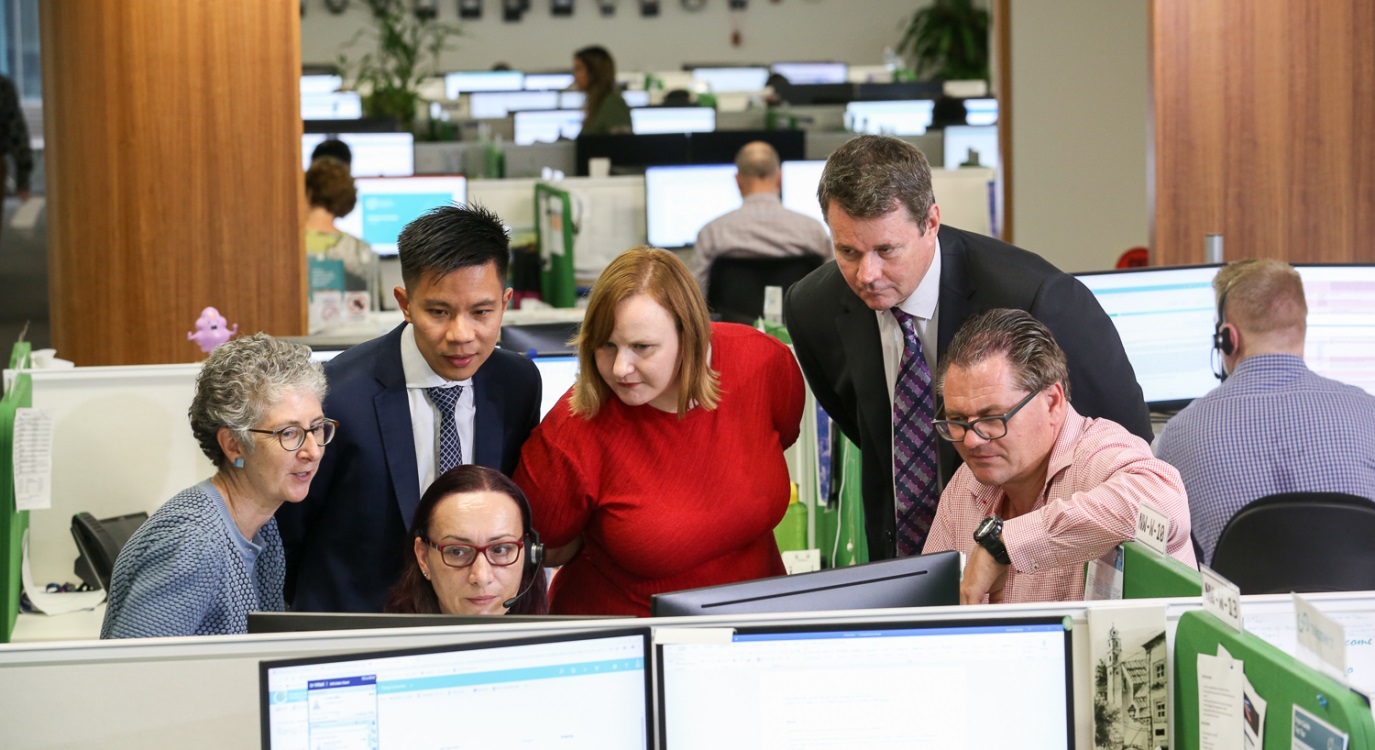Next steps in protecting consumers during the power system’s technology revolution
By Australian Energy Market Commission Director Ed Chan and Adviser Jess Boddington
Advanced digital meters are one of the most popular new technologies in the market today. Since December 2017, all new and replacement electricity meters have to be advanced or smart and retailers are now responsible for managing installation and maintenance.
The roll-out of smart meters will help take costs out of the system for consumers, and has been happening seamlessly for the majority of people. But there are delays in some places and the impact of those delays has been significant. This is a teething problem linked to the rapid take-up of smart meters across the country. The AEMC has been monitoring this important change to make sure consumers are protected as the nation’s metering system changes.
Later this year the AEMC will be extending its monitoring program to include the general rollout of smart meters across the national grid. Right now we are developing an approach paper for industry to detail the data we will be wanting to collect from retailers and networks so we can understand challenges and opportunities linked to the spread of smart meters through the system.
Transition problems are of course being addressed as they come up. We have been working with AEMO, Ombudsmen, state governments, retailers and distribution businesses and headway has been made in clearing the backlogs as implementation processes are brought up to speed.
Rapid take-up of smart meters caused bottlenecks and the AEMC stepped in
It’s important to look at the national situation and see that installation has been able to happen even faster than six days in most places – and that most people are satisfied with the installation arrangements they have agreed with their retailers. We also gave industry two years to prepare before the new rules started, and all the market bodies consulted widely with consumer groups and all the bodies responsible for implementing the smart meter roll-out during the preparation period.
But after 12 months of experience it’s clear that consumers want these meters in unprecedented numbers. Solar PV uptake hit record levels in 2017 and has continued growing strongly. This growth has put further pressure on smart meter installations.
Since the start of new rules on 1 December 2017 all the state ombudsman offices reported increased complaints about installation delays. The ombudsmen reported instances where customer service from retailers and metering businesses has been poor. Some electricians and builders have also found it difficult to deal with retailers as they bed down new communication systems.
Customers in South Australia have been most affected by the changes, as they have been quickest off the mark to request smart meters.
Energy Ombudsmen, particularly the Energy and Water Ombudsman SA (EWOSA), Sandy Canale, and the Energy and Water Ombudsman NSW (EWON), Janine Young, were already at the forefront of finding solutions to consumer difficulties from early on and working closely with the Commission during public consultation on the metering installation timeframes rule change. This was the new rule that started in February 2019 to give consumers the power to determine when they want a new meter installed – and it’s backed up by fines and daily penalties if retailers let them down.
Photograph blockline: L-R EWON Deputy Ombudsman Helen Ford, AEMC Director Ed Chan, EWON Investigations Officer Marija Duric, AEMC Adviser Jess Boddington, EWON Manager Policy and Research Rory Campbell, EWON Manager Investigations Adrian Borchok.
Under the new rule, if customers and retailers don’t agree on a time, retailers must install new electricity meters within six business days after a property has been connected to the network. And if customers want to swap their old meter for a smart meter, retailers have to agree on a time or do the work within 15 business days.
This rule is about giving people more control over the way their electricity retailers behave while continuing the new lower cost way for them to choose the metering they want.
The new rule also requires retailers to maintain a 24 hour helpline for consumers. We did this in response to the Ombudsmen’s evidence that customers were being left off power supply because of the lack of coordination between parties – caused by poor communication channels. Our project team was certain the helpline was needed so customers had someone to call to fix their problem and the Commission was convinced by that.
Using smart meters to get the most out of solar panels and demand response
We all know Australia is leading the world in connecting new technology and renewable generation to the national grid. Smart meters make it possible for people to get a better understanding of their own energy use and get the most out of their investments in new technologies like rooftop solar, storage and energy efficient appliances.
Smart meters are also a key tool in supporting demand response programs by measuring how and when the consumer switch off appliances or draw power from their own solar panels or battery storage instead of from the grid - helping the power system cope with heatwaves and avoid blackouts.
They also make it possible for network businesses to detect outages quickly and monitor the quality of electricity supply which lowers the overall cost of running the power system.
Working together for consumers
We are working with the other market bodies to implement the new market for metering services and are producing information about the new rules which is available on the AER, AEMO and AEMC websites.The first step for any metering matters is to contact your energy retailer. And if you can’ resolve the problem, you can contact your energy ombudsman.
